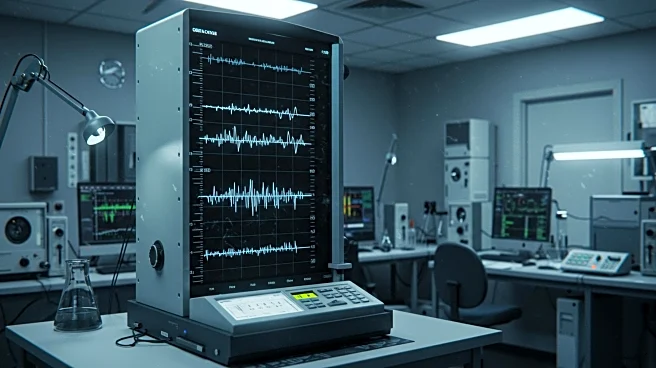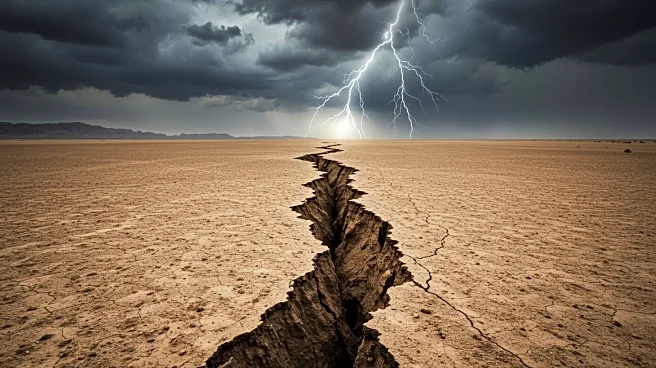Rapid Read • 8 min read
A recent study conducted by Caltech researchers has revealed surprising behaviors of the Sagaing Fault in Myanmar following a massive earthquake in 2025. The earthquake, which measured 7.7 in magnitude, caused significant damage and loss of life. Using satellite imaging, the researchers discovered that the fault ruptured more dramatically than anticipated, suggesting that similar strike-slip faults, such as the San Andreas Fault in California, could potentially produce larger earthquakes than previously recorded. The study, led by postdoctoral scholar Solène Antoine and Jean-Philippe Avouac, highlights the need for improved models to predict future seismic activity. The findings were published in the Proceedings of the National Academy of Sciences.
AD
The implications of this study are significant for seismic hazard assessment, particularly in regions with similar geological structures like California. Current models used for predicting earthquakes are largely based on historical data and are time-independent, which may not accurately reflect the potential for future seismic events. The research suggests that faults can behave unpredictably, releasing more energy than expected, which could lead to larger and more destructive earthquakes. This has critical implications for public safety, infrastructure planning, and emergency preparedness in earthquake-prone areas. Understanding the complex behavior of faults is essential for developing more accurate predictive models and mitigating the risks associated with large-scale seismic events.
The study calls for the integration of physics-based models into seismic hazard assessments, which could provide more accurate, time-dependent forecasts of earthquake risks. Researchers and policymakers may need to reconsider current strategies for earthquake preparedness and infrastructure resilience. Further research is likely to focus on refining these models and applying them to other regions with similar fault structures. Additionally, there may be increased collaboration between scientific institutions and government agencies to enhance earthquake monitoring and response systems.
The study also raises questions about the limitations of historical earthquake records in predicting future seismic activity. As faults can behave in unexpected ways, relying solely on past data may not provide a comprehensive understanding of potential risks. This underscores the importance of continuous research and technological advancements in seismology to better anticipate and respond to natural disasters. The ethical dimension involves ensuring that communities are adequately informed and prepared for potential seismic threats, balancing scientific findings with public policy and safety measures.
AD
More Stories You Might Enjoy












